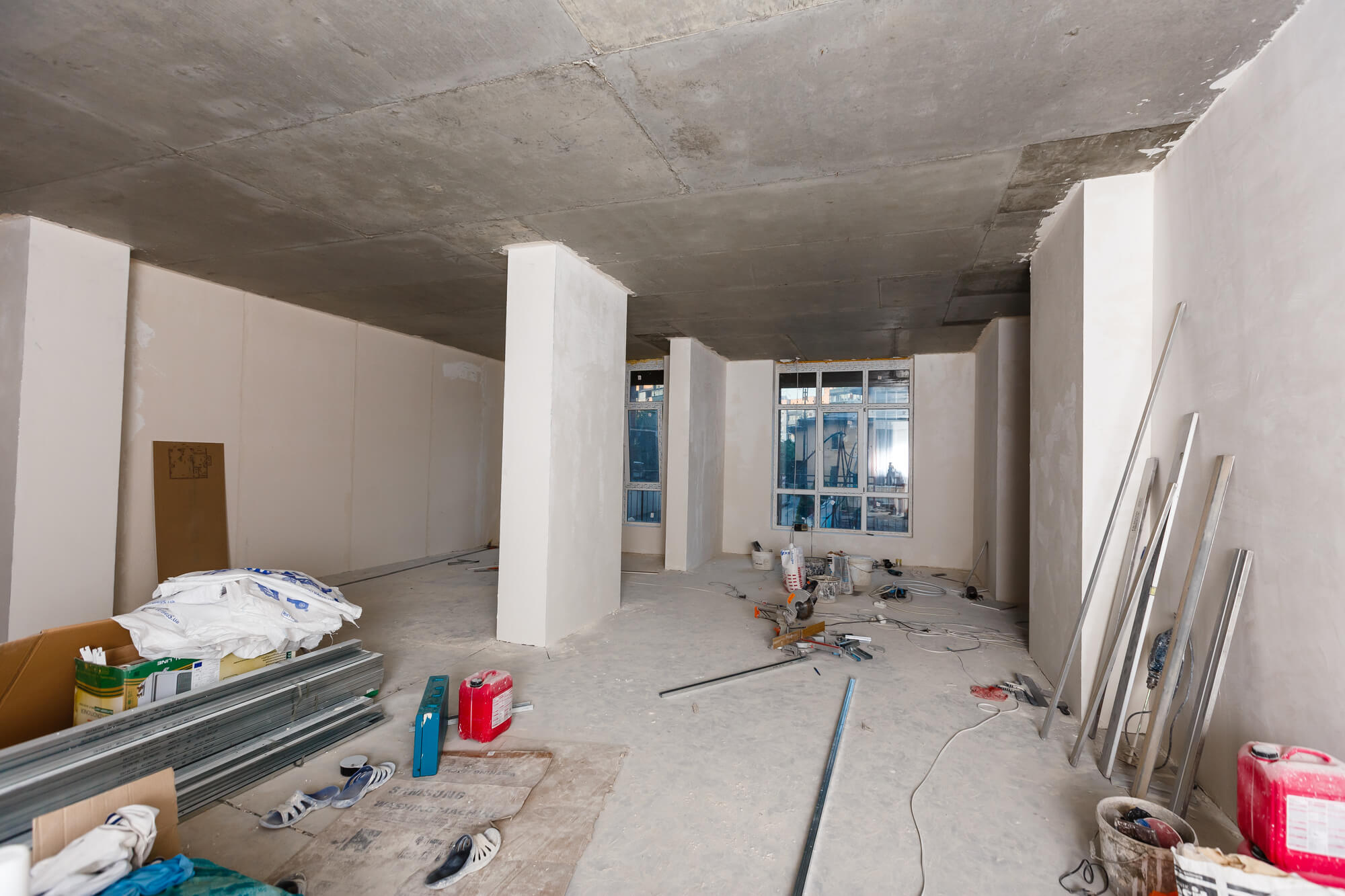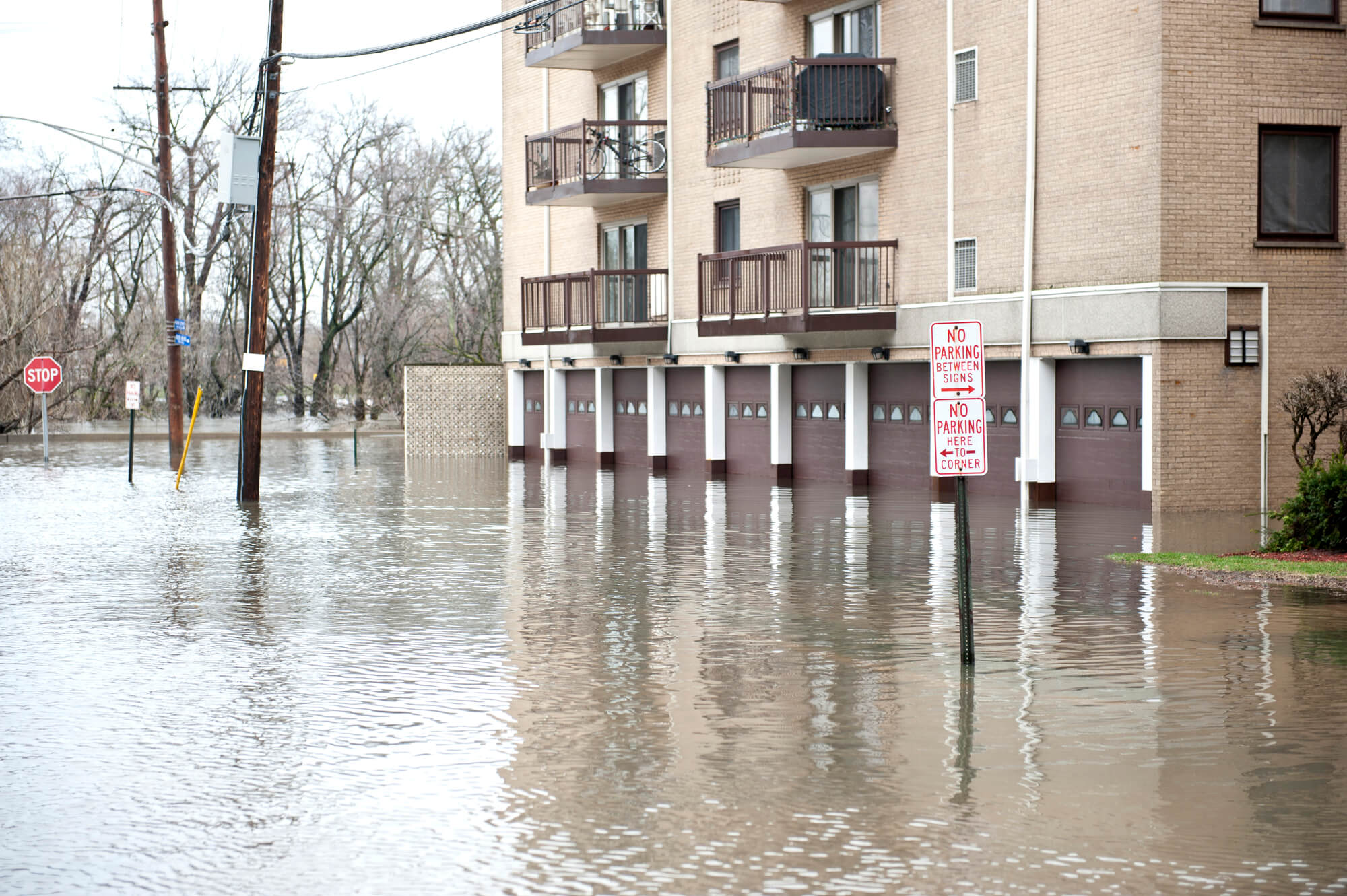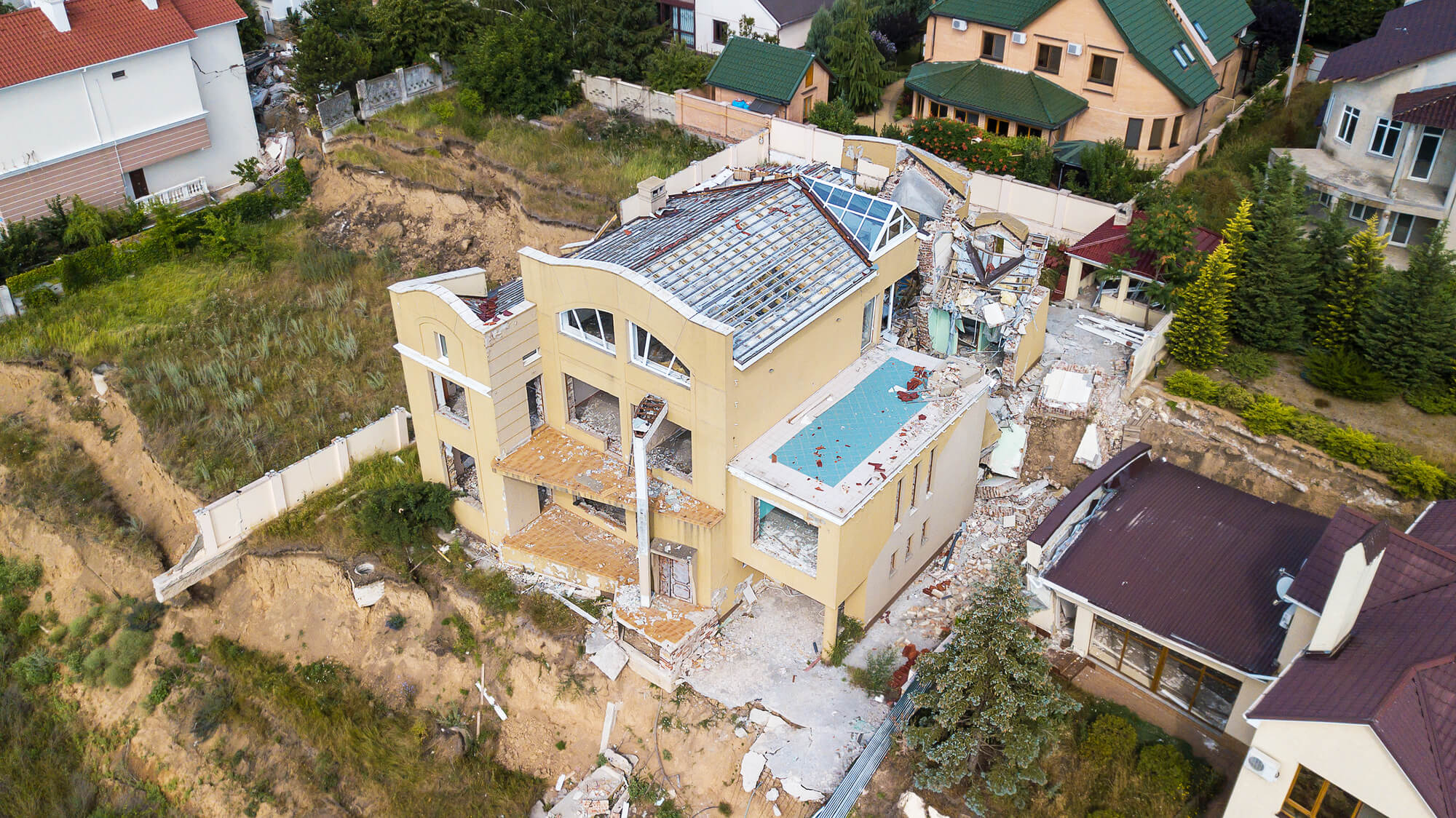December 31, 2025
Snow and Ice Management: Protecting Commercial Roofs and Building Exteriors from Winter Strain
Winter conditions like snow and ice create a very different operating environment for
Hurricanes can cause considerable damage to any building due to high winds, heavy rain, and the storm surge that follows. Your portfolio of commercial properties requires protection from a storm’s potentially devastating effects, such as flooding, roof displacement, gas leaks, electrical safety hazards, collapsed walls, mold, and microbial growth.
While taking proactive steps well before the start of a hurricane season can prepare your commercial buildings to withstand inclement weather, storm damage restoration ensures your properties will be returned to their pre-loss condition or better. We’re here to help you learn more about both.

When a Category 5 hurricane batters U.S. coastal zones, it significantly impacts over half of the country’s economic productivity by bringing widespread business losses. What does it actually mean when meteorologists refer to hurricanes as Category 1, 2, 3, 4, or 5? Knowing the difference between each hurricane according to the Saffir-Simpson wind scale gives you a clear snapshot of how they can affect your commercial properties.
A moderate amount of damage is likely to occur, including roof damage, structural damage, snapped tree branches, uprooted shallow trees, and downed power lines.
The hurricane will cause major roof damage, extensive power outages, road closures, flying debris, flooding, and storm surge.
Large trees will be uprooted, and roofs will be destroyed. There will be multiple days of power outages, and major flooding.
There will be extreme damage, walls will collapse, roofs will be displaced, and there will be prolonged and widespread power outages.
The damage will be catastrophic, homes and commercial properties will be completely destroyed, and widespread devastation will occur.
A major hurricane can cause serious damage to your commercial or institutional properties, such as office spaces, museums, senior living facilities, or hospital. Besides resulting in lost revenue, this catastrophe can potentially lead to forced closure of the affected building.
For this reason, having a plan in place is crucial to protect your commercial property and the people occupying it. If you want to minimize the risk of damage and keep the building in your portfolio, it’s best to prepare for the worst by taking the right steps beforehand.
If relocating isn’t an option, you’ll want to test each of your buildings for weak areas before a hurricane strikes. Hire trained staff to check the roof, windows, and doors for vulnerabilities that might be exploited in a storm. Leaving weak spots, such as gaps in the roof or loose windows, may result in leaks and significant water damage.
Furthermore, you’ll want to ensure each property is watertight before the storm hits. For this reason, it’s best to invest in water testing. This process uses high-pressure bursts of water to stress-test a facility and identify leaks around the cladding, doors, and windows. Once a team of expert has identified the weak spots, you should quickly contact professionals who can address these before a hurricane hits and water starts pouring into your properties.
Besides helping you keep up with preventive maintenance, regular testing ensures your buildings are ready to face a storm.
Since a property is as strong as the people working and living in it, you’ll want to take care of them in emergencies. Your buildings and their staff should have guidelines in place to follow if a weather event strikes. Occupants and employees get know whether to evacuate or stay put, how and where to obtain information about the emergency itself, and what areas of the building to avoid. Your buildings should also have a plan for what the staff and occupants will do if the internet goes down or the power goes out.
Equipping all your buildings with disaster supply kits is one of the most crucial things you can do to protect your properties from a storm. Be sure to include essentials, such as food, water, cash, medications, first-aid supplies, a flashlight, a radio, and extra batteries. Although some of these items are only necessary for a worst-case scenario, people occupying your buildings will want to have them ready in case a hurricane hits the area.
In buildings such as schools, universities, municipal facilities, and office spaces, computers could suffer considerable damage if water makes its way inside. If your properties don’ have backups, your staff and building occupants will find themselves in a pickle when they lose the important files and data.
Make sure all your buildings follow a system in which they must back up all data on the cloud to guarantee data is safe. Since offline backups aren’t reliant on third-party companies to manage data, these can be an excellent option. However, you should also ask managers to keep at least two backup copies of all pertinent files and store them in different locations.
Using a cloud-based system and ensuring that your data is backed up offsite in case of flooding and damage guarantees that your critical files are kept safe.
Create a system in which managers and staff members forward their business calls before they start evacuating the building. If the call volume is low, they can forward the calls to their personal phones or designate a member of your staff in another building to answer calls on a cell phone. However, it’s important to note that employees who take a business cell phone home with them may not be able to take each call that the building receives as they will be focused on their own safety.
Alternatively, telling managers and staff in your building to forward calls to a 24/7 premium answering service helps avoid missing important customer calls. Investing in this service ensures calls are handled with professionalism and compassion while providing flexibility for the employees and occupants in the commercial property.
Instead of waiting until after a hurricane hits to check the insurance coverage of your commercial properties, you’ll want to review your contracts with insurance providers to ensure your every building is covered against major storm damage. Taking photographs or videos of each of your premises from all angles will help substantiate insurance claims at a later date.
The people in your commercial properties should be trained to take appropriate safety measures as a storm approaches. These include bringing in exterior displays and removing outdoor signs that could become airborne in high winds. They should also tape an “X” over glass doors and windows or board them up to prevent shattering.
Moreover, employees and managers in your building should remove loosely secured items hung on the walls and clear all work surfaces of small items. Another measure they should be trained to do is move furniture and equipment away from windows and turn off electricity except for circuits running refrigeration at the power supply box. Finally, they will have to shut down non-critical building systems when all occupants are evacuated.

A hurricane often leaves destruction in its wake. While this can be a stressful experience, you’ll have to face the challenge of getting your portfolio of properties repaired and back to normal after the winds die down. Since storm cleanup and restoration efforts often involve dealing with significant safety risks, it’s best to exercise caution by enlisting the help of a certified professional. Here’s what an expert in storm damage restoration can do for you:
Since their goal is to get your damaged facilities back to their safe and usable condition, professionals will assess the damage to your property and provide the necessary equipment and personnel to remove debris on or around the premises. Otherwise, building occupants won’t be able to enter and exit safely. Experts will also clear gutters and downspouts to ensure water safely flows away from the property.
Professionals will eliminate all contaminants resulting from a flood or water intrusion, protect undamaged materials, and evaluate the affected area. Licensed mold remediation specialists will examine possible areas of contamination, such as HVAC systems, to prevent contaminants from living and spreading in the ductwork. If necessary, they’ll use biocides to remove additional hazards, including mold and microbial growth that may emit an unpleasant odor and cause eye and respiratory irritation.
High winds and flooding can affect multiple building components, including walls, ceilings, carpets, and furnishings. If you have a multi-level structure, water can cause additional damage when it seeps through to lower floors. Besides assessing and fixing building materials, restoration specialists ensure the long-term health of the building and its occupants by providing mold and microbial inspection.
Once specialists complete the emergency restoration process, they’ll provide demolition services and structural repairs, such as steel, wood, concrete, and roofing repairs. If your property requires interior construction services, they can also hang and finish drywall and install ceilings and flooring. They may also provide other services, such as insulation, framing, painting, and trimming. Moreover, their mechanical, electrical, and plumbing professionals can install and fix all systems.

BlueTeam is a nationally licensed, bonded, and insured, full-service general contractor that works exclusively with commercial portfolio owners and operators. Since we understand hurricanes can halt businesses and affect revenue, we address storm damage concerns as efficiently and effectively as possible to minimize and eliminate risks.
We specialize in restoration, remediation, and reconstruction. In addition, we assume responsibility for the final cleaning, securing a client satisfaction approval sign-off, and settling claims with insurance adjustors on the client’s behalf.
When tragedy happens, BlueTeam is prepared for it. We’re here when you need us. Contact us today to speak with one of our emergency response specialists.